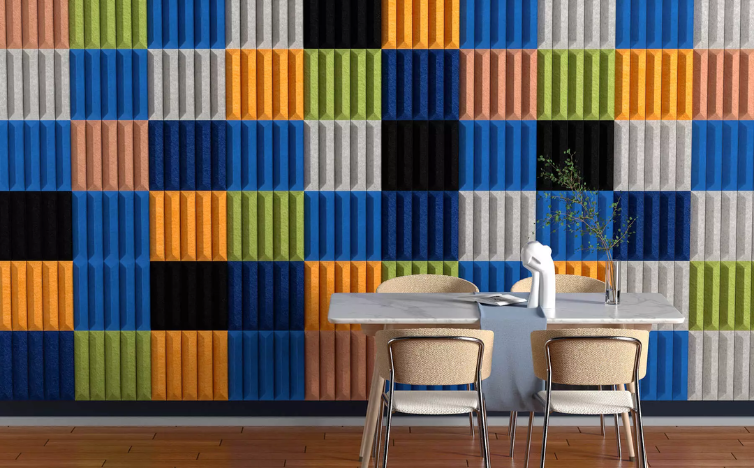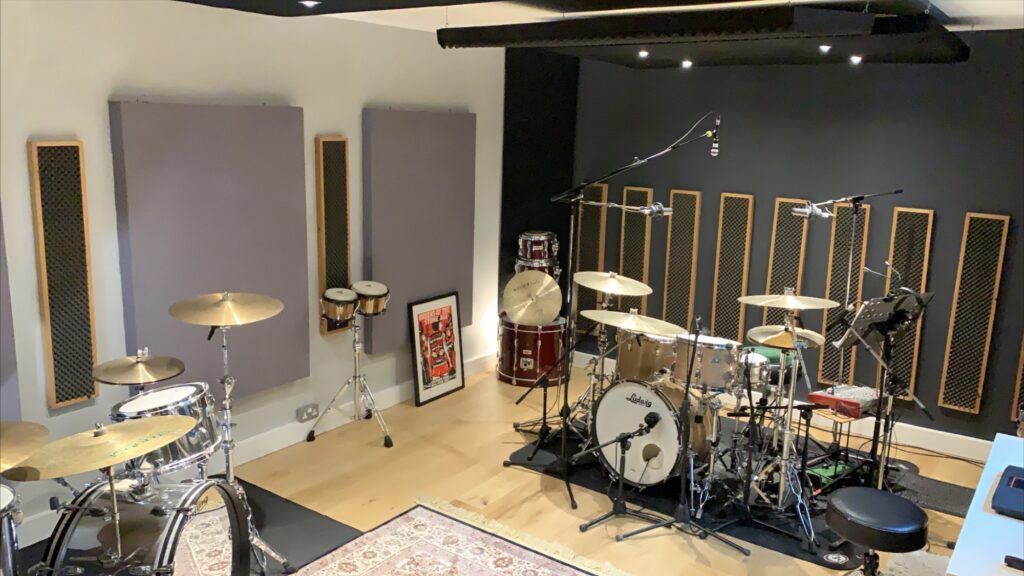When it comes to improving the acoustics of a room, acoustic panels are a popular solution. They help reduce echo, control noise, and enhance sound quality. But one of the most common questions people ask is, “How many acoustic panels do I need?” The answer depends on several factors, including the size of the room, its purpose, and the existing acoustics. In this article, we’ll guide you through the process of determining the right number of acoustic panels for your space.
Understanding Acoustic Panels
Acoustic panels are designed to absorb sound waves, reducing reverberation and echo. They are commonly used in home theaters, recording studios, offices, and even living rooms. The effectiveness of these panels depends on their placement, material, and quantity. Before diving into calculations, it’s essential to understand the role they play in sound management.
Factors to Consider

1. Room Size and Shape
The larger the room, the more acoustic panels you’ll need. High ceilings and irregularly shaped rooms may require additional panels to address sound reflections effectively.
2. Room Purpose
A recording studio will need more panels than a home office because of the higher demand for sound precision. Identify the primary use of the room to determine the level of sound control required.
3. Existing Acoustics
Rooms with hard surfaces (e.g., tile floors, glass windows) reflect more sound and will need more panels compared to rooms with carpets and curtains, which naturally absorb sound.
4. Panel Size and Coverage
Acoustic panels come in various sizes. Check the coverage area of each panel (usually measured in square feet) to calculate how many you’ll need.
Calculating the Number of Acoustic Panels
A general rule of thumb is to cover 15-20% of the wall surface area with acoustic panels. Here’s how to calculate it:
- Measure the total wall area of the room (height x width of each wall, then sum them up).
- Multiply the total wall area by 0.15 to 0.20 to determine the coverage area needed.
- Divide the coverage area by the size of one panel to get the number of panels required.
For example, if your room has a total wall area of 500 square feet and each panel covers 10 square feet, you’ll need between 8 and 10 panels (500 x 0.15 = 75 sq. ft. ÷ 10 = 7.5, rounded up).
Placement Tips
- Focus on Reflection Points: Place panels where sound waves first hit the walls, such as near speakers or seating areas.
- Even Distribution: Spread panels evenly across the room to avoid over-treating one area.
- Ceiling and Corners: Don’t forget to address ceiling reflections and bass traps in corners for a more balanced sound.
Call us: Contact Waseem Technical Soundproofing Expert in Dubai For Soundproofing: +971 50 209 7517
Conclusion
Determining how many acoustic panels you need doesn’t have to be complicated. By considering the room size, purpose, and existing acoustics, you can calculate the right number of panels to achieve optimal sound quality. Start with the 15-20% rule and adjust based on your specific needs. With proper placement, you’ll enjoy a quieter, more acoustically pleasing space.




